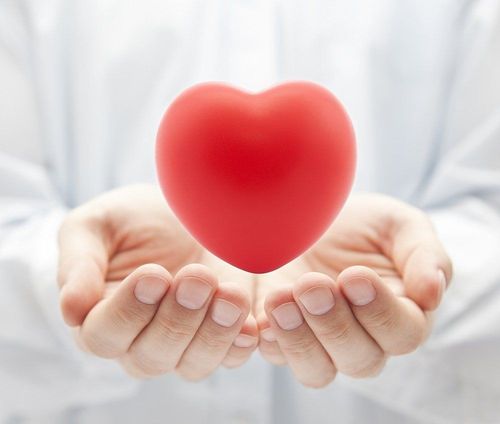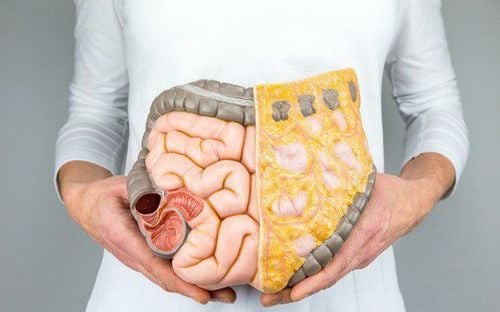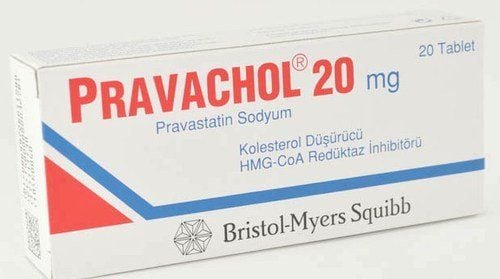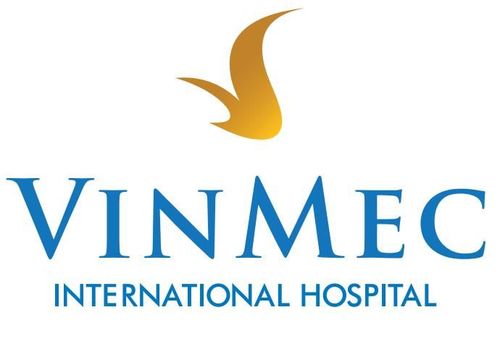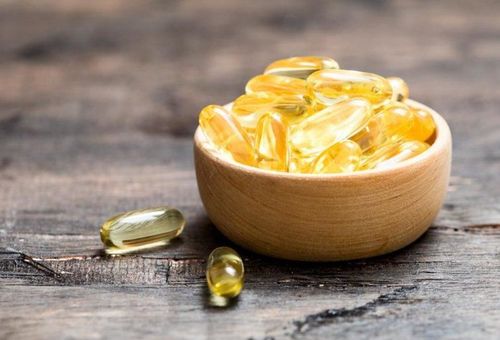This is an automatically translated article.
Since fats do not mix with water, they are digested and absorbed into your bloodstream differently than carbohydrates and proteins. This is true for most fats in your diet, but not all fats. One group of fats, triglycerides are an exception. They are digested more like carbohydrates and proteins than fats, so they go directly to the bloodstream. In this article, we will provide useful information for users to better understand how fat moves from food into the bloodstream.
1. What is fat?
Cholesterol, also known as fat, is present in the cell membranes of the vast majority of tissues in the body and is transported in the blood plasma of the human body. The source of cholesterol is mostly from food, which is synthesized by the liver from saturated fats, and a small part of cholesterol is absorbed directly from food such as milk, eggs, brain, red meat, pork intestines, intestines. Beef, animal fat, shrimp... Characteristic of cholesterol is: cannot dissolve in the blood when moving to the cells, it must rely on blood lipoproteins (lipoprotein is a substance synthesized by the liver, soluble in water carrying cholesterol. ). The body uses cholesterol as a starting point to make estrogen, testosterone, vitamin D, and other important compounds. Blood cholesterol, especially “bad” LDL cholesterol (which is bad cholesterol because they build up in artery walls, making arteries hard and narrow), is the most important substance in determining health risk. The higher the amount of LDL cholesterol in the blood, the greater the risk of a heart attack due to a blood clot. High cholesterol is associated with a higher risk of cardiovascular disease, including coronary artery disease, stroke, and peripheral vascular disease. High cholesterol is also a risk factor for diabetes and high blood pressure.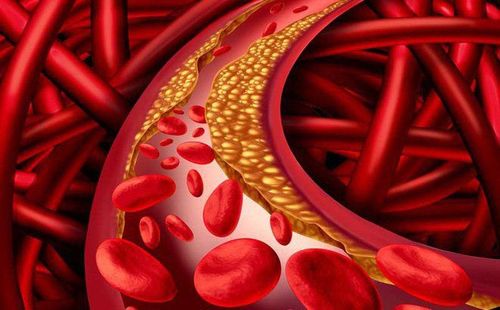
Cholesterol không thể tan trong máu
Cases such as overweight and obese people; people with unhealthy diets, do not practice sports; smoke; family history of high cholesterol; People with diabetes, kidney disease or hypothyroidism face a higher risk of high cholesterol.
2. How does fat move from food into the bloodstream?
Fat and cholesterol cannot be dissolved in water and blood, instead, the body converts fat and cholesterol into small particles, covered with proteins called lipoproteins. Lipoproteins can transport many fats and are easily mixed with the blood and circulate in the blood. Some of these seeds are large and smooth, while others are small and dense. The most important ones are low-density lipoprotein (LDL), high-density lipoprotein (HDL) and triglycerides.
For low density lipoproteins, which carry cholesterol from the liver to other organs of the body. The cells attach to these particles and extract fat and cholesterol from them. When there is too much LDL cholesterol in the blood, these particles gradually form deposits in the walls of coronary arteries and other arteries throughout the body. These deposits over time settle in the vessel walls and become atherosclerotic plaques in the blood vessels, leading to narrowing of the arteries and restriction of blood flow, increasing the risk of blood clots. Up to a point, these plaques break off, causing very dangerous heart attacks or strokes. Therefore, LDL cholesterol is often referred to as bad or harmful cholesterol for the body.
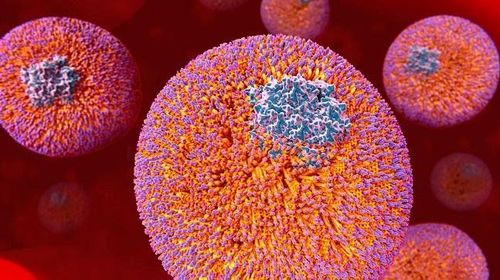
Chất béo được bao phủ bởi protein để dễ trộn lẫn và lưu thông trong máu
For high-density lipoprotein (HDL) will filter cholesterol from the blood, from LDL cholesterol and from artery walls. Then return them to the liver to be eliminated. HDL cholesterol can be thought of as a garbage truck of the blood stream. Therefore, people consider HDL cholesterol commonly referred to as good cholesterol or protective cholesterol.
Triglycerides are made up of mostly fats that are taken into the body and moved through the bloodstream. Triglycerides are considered the body's primary means of transporting fat to cells. Besides, triglycerides are also very important for human health although high levels of triglycerides may not be good for health.
Thus, for a body, in order to achieve the best health, it is advisable to adjust the LDL cholesterol as low as possible and the HDL cholesterol as high as possible, this will help everyone to prevent the cause. cause heart disease and other chronic diseases
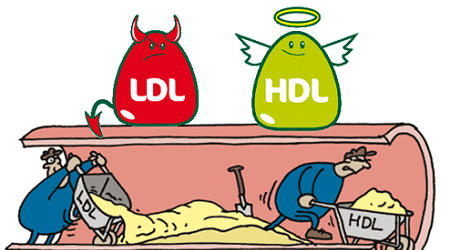
Nên điều chỉnh LDL cholesterol càng thấp càng tốt và HDL cholesterol cao nhất có thể
3. How do fats and cholesterol in foods affect blood cholesterol levels?
Types of fats in the diet help determine the correct amount of total cholesterol, HDL cholesterol and LDL cholesterol in the blood. The type and amount of carbohydrates in the diet also play a role. Cholesterol in food is actually not much, but when people use too many high cholesterol foods for a long time, it will lead to excess cholesterol in the blood. Besides, other factors such as habits and lifestyle of each person can also affect blood cholesterol levels such as inactivity, alcohol abuse and smoking.
Scientific studies have shown a relationship between the amount of cholesterol a person consumes and their blood cholesterol levels. Harvard researchers found that consuming about one egg a day was not associated with a higher risk of heart disease, but people with existing heart conditions or diabetes should monitor their egg consumption to make sure cholesterol is not elevated. For most people, cholesterol intake has only a modest impact on the amount of cholesterol circulating in the blood. However, for some people, blood cholesterol levels rise and fall dramatically in relation to cholesterol intake. For these “responders,” avoiding foods high in cholesterol that can significantly affect blood cholesterol levels is essential for them.
Please dial HOTLINE for more information or register for an appointment HERE. Download MyVinmec app to make appointments faster and to manage your bookings easily.
Reference source: hsph.harvard.edu




